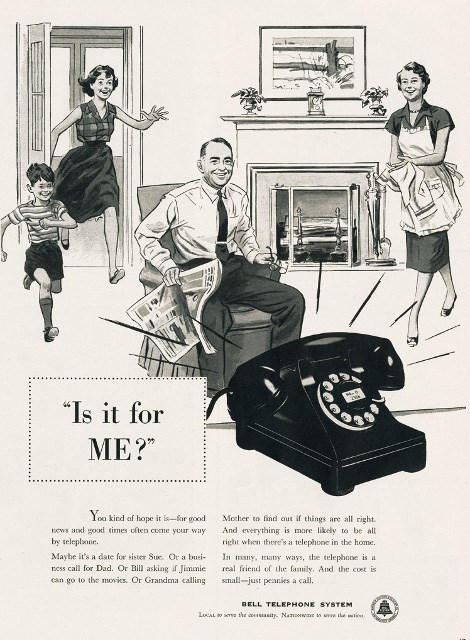New telecommunications technology is making it possible for more people to play a role in government, say Sault MP Tony Martin and MPP David Orazietti.
This week, both Martin and Orazietti hosted virtual town hall meetings, boasting thousands of area partcipants.
Martin worked with Algoma-Manitoulin-Kapiskasing MP Carol Hughes and Canadian NDP leader Jack Layton to host a town hall from NDP campaign headquarters in Ottawa.
Initially, 16,000 constituents from regions as far apart Kapaskasing, Sault Ste. Marie, Sudbury, Elliot Lake and Manitoulin Island attended.
But they weren't there in person.
They joined by telephone.
"There were a lot of people here working in the background to make it all happen," Martin tells SooToday.com. "There was also a host who took questions from the queue for us."
The NDP town hall lasted more than one hour and not everyone stayed on the line.
But a lot of people left questions for Martin, Hughes and Layton to get back to people with answers.
"I liked the format," Martin said. "Later in the day I received some e-mails from people saying they also liked it."
The best thing about the sessions, he said, is that they're an excellent way to get more folk involved in political dialogue and to hear more about what's important to people.
During the phone conversation, people listening on the lines were also asked a series of poll questions and instructed to press a number on their phones to answer.
Participants were all people who had given their contact information to Martin or Hughes at some time in the past.
Three days before the NDP telephone town hall was scheduled to take place, the auto-dialers went online, delivering automated pre-recorded messages telling people about it and inviting them to join.
When the meeting started, the auto-dialers also started - calling all 30,000 of the people who answered their phones back, inviting them to join the meeting.
Initially about 16,000 of them joined, Martin said, but about 4,000 stayed on the line for just a short time.
The remaining 12,000 stayed on for a good part of the session and about 700 were still there when the call was terminated almost 90 minutes later, he tells SooToday.com
Also this week, Sault MP David Orazietti and Ontario Finance Minister Dwight Duncan held a pre-budget consultation using the same combination of web technology and teleconferencing.
Orazietti said that 6,000 Saultites elected to avail themselves of the nonpartisan opportunity to talk to him and Duncan about their priorities and thoughts on an upcoming budget.
"It won't replace traditional pre-budget consultations where delegations make presentations to the minister or a standing committee," Orazietti said. "The virtual town hall augments the pre-budget consultation process."
He also said there were some key differences between the pre-budget virtual town hall he and Duncan hosted and Martin's session.
One major difference was the selection of people who were offered an opportunity to participate.
Orazietti's staff and technical support crew fed their auto-dialers telephone numbers from phone books, voter lists, supporter lists and pretty much any public place they could get them; not exclusively from lists of people who had shared their contact information with the party.
The goal was to draw a random sampling of Saultites into the discussion.
Orazietti said, based on questions asked and responses to poll questions, there was a very wide spectrum of Saultites on the line for his virtual town hall.
He said the moderator also had access to compiled results from poll questions almost immediately.
This meant the virtual town hall monitor had opportunities to use those results to enhance or further stimulate discussions.
Both Orazietti and Martin said they were able to glean useful and valuable input from the meetings with the technology provided opportunities for people to participate in the democratic process from the comfort of their own homes.
Martin said he believed this would also encourage continued participation by more people and may even get them out to vote in the next election.
Orazietti said information that came out of his pre-budget consultation virtual town hall would become part of the package the minister and his standing committee will use to craft Ontario's next budget.
He said it was a non-partisan way for many who would not or could not ordinarily participate in crafting a provincial budget, to become part of the decision-making process.
Both Orazietti and Martin said they would consider using the system again.
It's entirely possible that the next time Saultites hear either of their voices in a pre-recorded message, it may be to invite them to use a cutting-edge communications medium to participate in a virtual town hall.
To read a perspective on this issue by SooToday.com editorialist Mac Headrick, please click here.
